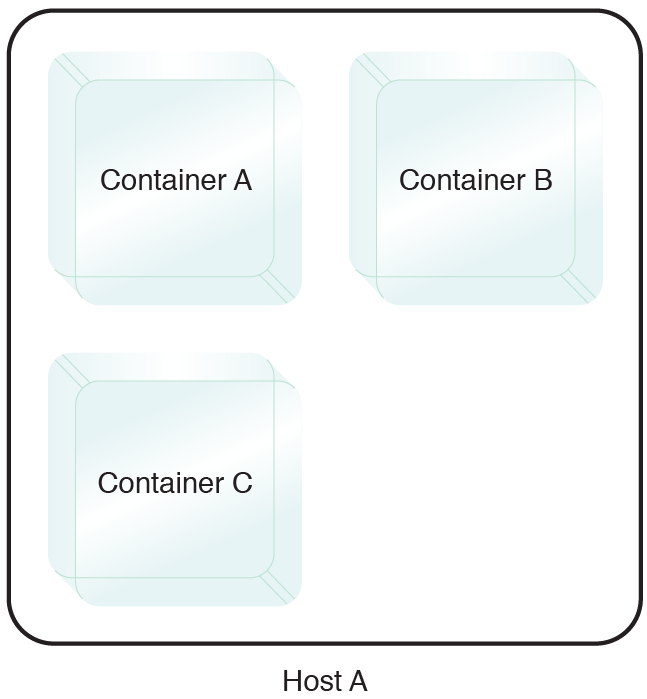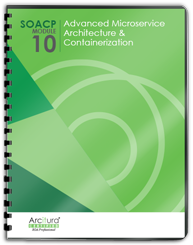Microservice and Containerization Patterns > Boundary Definition Patterns > Multi-Container Isolation Control
Multi-Container Isolation Control (Erl, Naserpour)
How can the isolation level required by different microservices in containers be met?

Problem
Solution
Application
A workload placement control mechanism is implemented that controls and audits where each of the containers or microservices can be hosted, enforces pre-defined affinity and anti-affinity rules and triggers an alarm if the situation is violated.

Affinity rules are configured that enforce a control mechanism to always keep Containers A and B co-hosted on the same host.

Even if the environment is rebalanced to distribute the workloads, Containers A and B are not moved and remain on the same host.
This pattern is applied by using and then enforcing pre-defined affinity and anti-affinity deployment rules, as explained and illustrated in the complete pattern description.
This pattern is covered in Module 10: Advanced Microservice Architecture & Containerization..
For more information regarding microservice and containerization courses and accreditation,
visit the Microservice Architect Certification program page..
